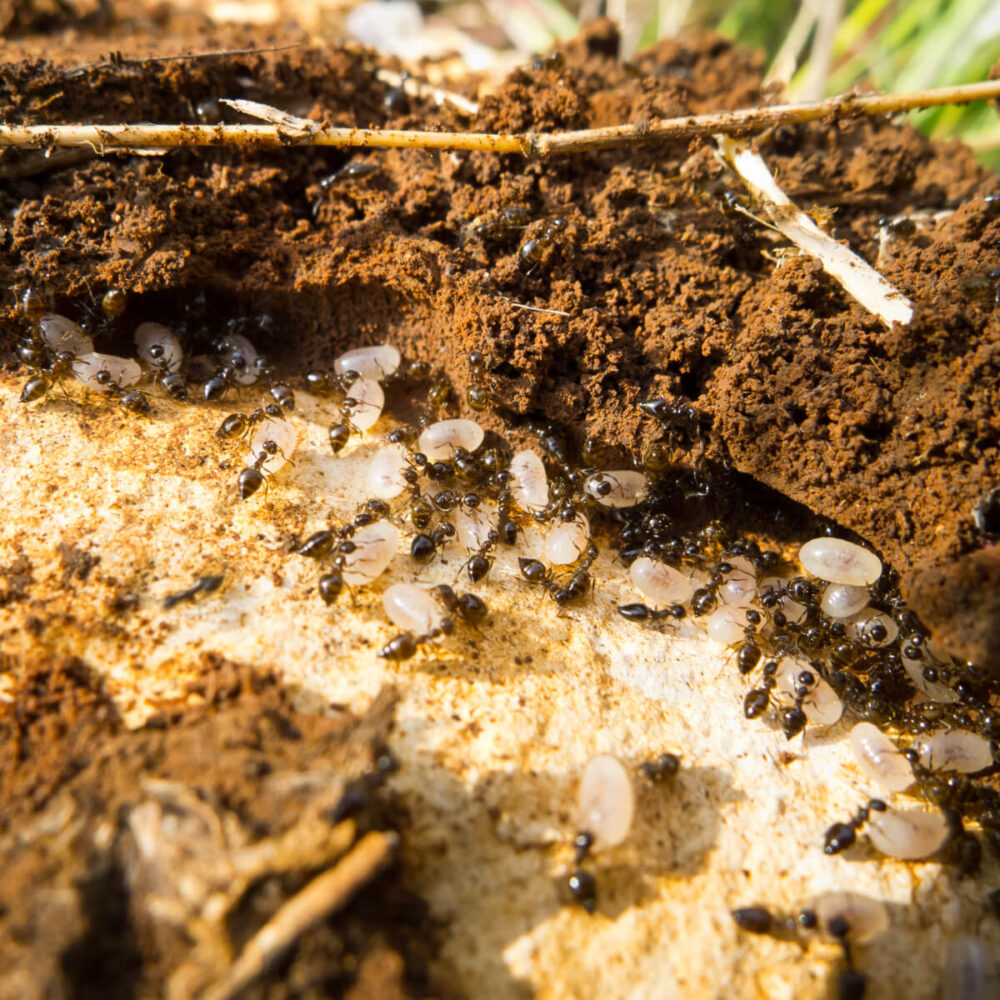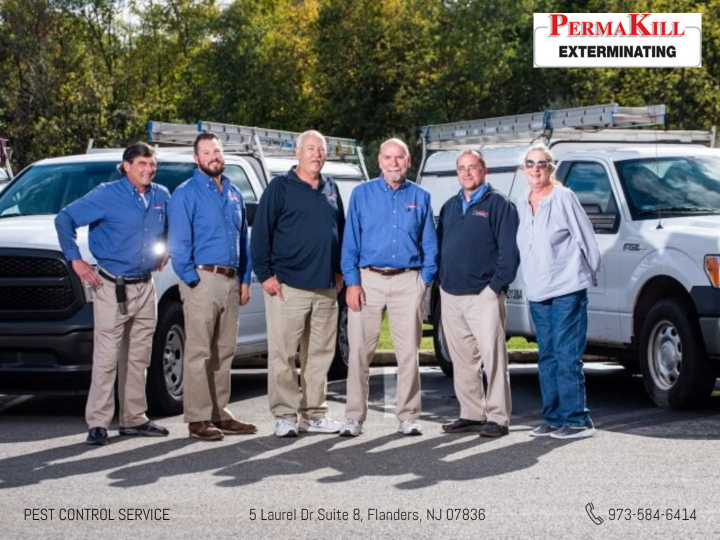


Pest problems are easier to handle if you identify the exact bug species that you're dealing with - but there are times when that may be difficult. This can be an issue since not all pest removal methods work equally for all insect types. For some species like Argentine black ants and termites, knowing the differences between the two is the key to the successful removal of either species.
So what's the difference between Argentine black ants and termites? Argentine ants are usually in shades from a dark brown to a pale black, while termites are paler in color. The body structure of each insect is also different: Argentine ants resemble other ant species like pavement ants and odorous house ants with their thin waists, while termites are more even-bodied. But more than these physical differences, the important thing to remember is how each species can be removed from your property.
Learn More: Pavement Ants vs Argentine Ants
On visual inspection, Argentine ants and termites can be easily mistaken for one another. However, the few key differences between the two species can better give you ideas on which one you're dealing with:
Winged termites and winged ants are not uncommon - and are often mistaken for one another, especially during mating season. However, while you may find termite wings from termite swarmers, an Argentine ant colony doesn't actually reproduce this way. Unlike most species of ants, the complete metamorphosis of Argentine ants doesn't include wing development at all, unless it's the queen.
And while both are considered outdoor species, the distinct lack of wings of Argentine ants is a giveaway for their differences from termites. If you see a trail of insects without wings, you're most likely dealing with Argentine black ants and not termites.
Unlike Argentine black ants, termites do not need to forage in search of food or food particles, since they eat the wood itself as a food source. You're unlikely to find termite foraging trails the same way that foraging ants often leave an ant trail when looking for a source of food since the termites merely burrow in your wooden fixtures and eat their way through.
Argentine black ants will regularly send out hundreds to thousands of workers to find enough food to support the entire colony. They're not picky about the kind of food source that they'll choose for their queen - though they are attracted more to sugary food or sweet foods compared to anything else.
Argentine ants are social insects, at least to their own kind. It's not uncommon for an Argentine ant colony to span several ant mounds, each with its own productive queens that can number in the hundreds. This particular characteristic is what makes Argentine ants multiply exceedingly quickly since they don't depend on a single queen to grow their colony.
In contrast, there's always a single queen in a termite colony that's the main adult female that lays eggs. It's not the only adult female - there are several other "backup queens" that can take over in case the main one dies - but having a single functioning queen means that termites on average will reproduce slower compared to Argentine ants.
So now the differences between the two species have been detailed, how exactly can you get rid of each one?

By far the best way to get rid of Argentine black ants is to use ant baits. An outdoor bait station using sugar-based bait (or if not available, sweet foods like peanut butter) can inflict devastating damage on an Argentine ant colony.
Baits are an excellent control measure for Argentine ants because it relies on the colony's needs to work effectively. Since Argentine ant colonies often need massive amounts of food to support their rapidly growing colony, using ant baits near an ant trail can often guarantee a massive influx of worker ants that come to investigate. These worker ants bring back the food to the colony, which can potentially spread all the way to the queen.
The important thing to keep in mind when using baits to get rid of Argentine ants is that you should choose one that acts slowly enough to spread to the rest of the colony. Ant bait that's too potent or too strong will kill the foraging ants before they bring it back to the nests, which can alert other ants to avoid the general area.
Given that Argentine ant workers are often deployed by the hundreds of queens in the nest, baiting can drastically cut down the ant population with consistent upkeep. Using refillable bait stations is a great way to get this done - though if you truly want the entire infestation treated, it's best to contact a pest management professional.
Read More: How Big Are Argentine Ants Nest?
For termites, it's best to customize your termite control to the specific type of termite species you're trying to get rid of. Generally, a good rule of thumb is to go after their food source - by either interfering with how they eat through your structural wood or by going after their queen.
In this case, generous amounts of granular insecticides or non-repellent insecticides can work well to remove termites en masse from your property. Most termites tend to settle in natural wooden structures around your home, like tree stumps, tree branches, or tree logs. If they're indoors, they're most likely to nest inside damaged wood, usually one that's been damp over time.
The key thing to remember about using insecticide for removing termites is that they can often have effects on other insect species or animals around your area. While there are some natural compounds and solutions that you can use which will minimize this impact, you should always try to keep pets and wildlife away from termite infestations that have been treated with chemicals.
Termites will often flee the area or die off if their food source is removed - which in most cases, means the wood that they're feeding on. While this may require extensive renovations and structural work to your home, consulting a pest removal expert can drastically cut costs and lower the total amount of effort that you'll have to expend with removing termites.

While it may be easy to confuse Argentine black ants with other ant species or termites, it's important to know exactly what you're dealing with so you can get rid of the ant colony as soon as possible. Argentine ant colonies tend to be extremely difficult to remove, so there's also a good chance that you'll need some professional help.
With extensive experience in pest removal, Permakill Exterminating can help get rid of ant colonies and termite colonies alike. We use a wide variety of methods in clearing out pest infestations from granular baits to chemical controls, and have plenty of experience in dealing with other insect species as well.
Contact us today to get a free estimate on any pest removal you might need.